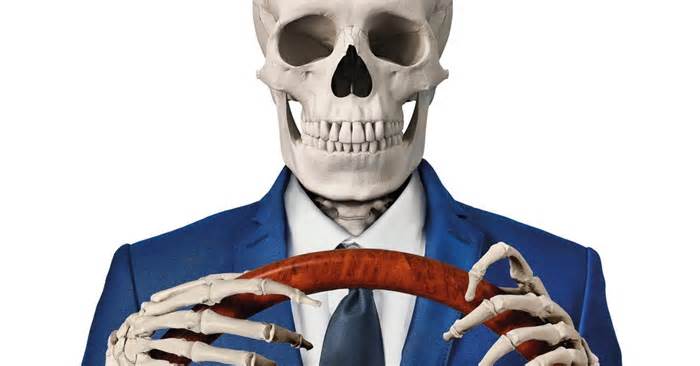Supported by
By Matthieu Shaer
In the summer of 1999, a few years after graduating from medical school, Deborah Kuhls moved from New York to Maryland, where she had been accepted as a surgical fellow at the R Adams Cowley Shock Trauma Center in Baltimore. Founded by a pioneer in emergency medicine, Shock Trauma is one of the busiest critical-care facilities in the country — in an average year, doctors there see approximately 8,000 patients, many of them close to death.
Open this article in the New York Times Audio app on iOS.
Kuhls saw himself capable of meeting the challenge. At 31, she was older than the typical resident (she had been a banker before becoming a doctor) and also more difficult, able to function with preternatural calm even in the most hectic circumstances. But her first months in Shock Trauma tested her resolve. The center is home to a particularly high proportion of fatal car and motorcycle accident victims in the region, and not all of them can be saved. On bad days, it may seem like there are so many patients. They were resuscitated when they were taken to the basement morgue.
During a residency at Albert Einstein College of Medicine in the Bronx, Kuhls learned to deal with what is known in the industry as penetrating trauma: stabbings, impalements, gunshots. Today, he has received training in blunt object injuries, which are much more complicated to diagnose: A gunshot wound is transparent evidence, in the form of an abnormal puncture, of where the surgeon wants to focus his attention. But a frame hit by a twist of automotive fate tends to provide fewer clues: the pain would possibly be invisible to the untrained eye.
“If you’re going fast and suddenly you don’t, the comfortable parts of your body — your intestines, your kidneys, your liver — will still work,” Kuhls told me. “It’s just physics. ” He continued, “And our brain floats in our skull, surrounded by fluid. But what happens if the skull bounces off or the roof of the car collapses and hits the driver’s head?It may not seem like it, but this user is probably dying from internal bleeding. You don’t have much time to save them.
In Shock Trauma, Kuhls worked alongside a surgeon named Carl Soderstrom, who was a particularly committed knowledge columnist. In evaluating patients, he set out to collect data on everything from the duration and extent of their injuries to the amount of toxic substances seeping into their systems. ” It was inspiring, because it added a little more length to the paintings we were making,” Kuhls says. “Here’s a way to quantify the immense consequences of a twist of fate. That’s how we can demonstrate the consequences of a challenge that was incredibly genuine to me. It was one thing, Kuhls thought, to communicate about a twist of fate that broke a 13-year-old girl’s neck. It was another thing to be able to discover that dozens more young people were injured every day. a year in a similar twist of fate.
We are retrieving the content of the article.
Please allow javascript in your browser settings.
Thank you for your patience as we determine access. If you’re in Reader mode, log out and log in to your Times account or subscribe to the full Times.
Thank you for your patience as we determine access.
Already a subscriber? Log in.
Want all of The Times? Subscribe.
Advertising

